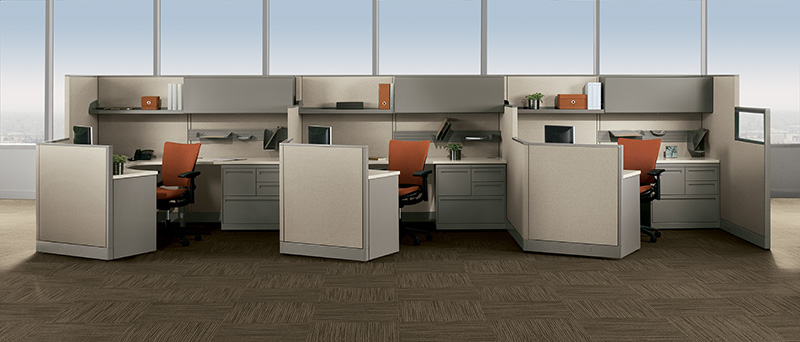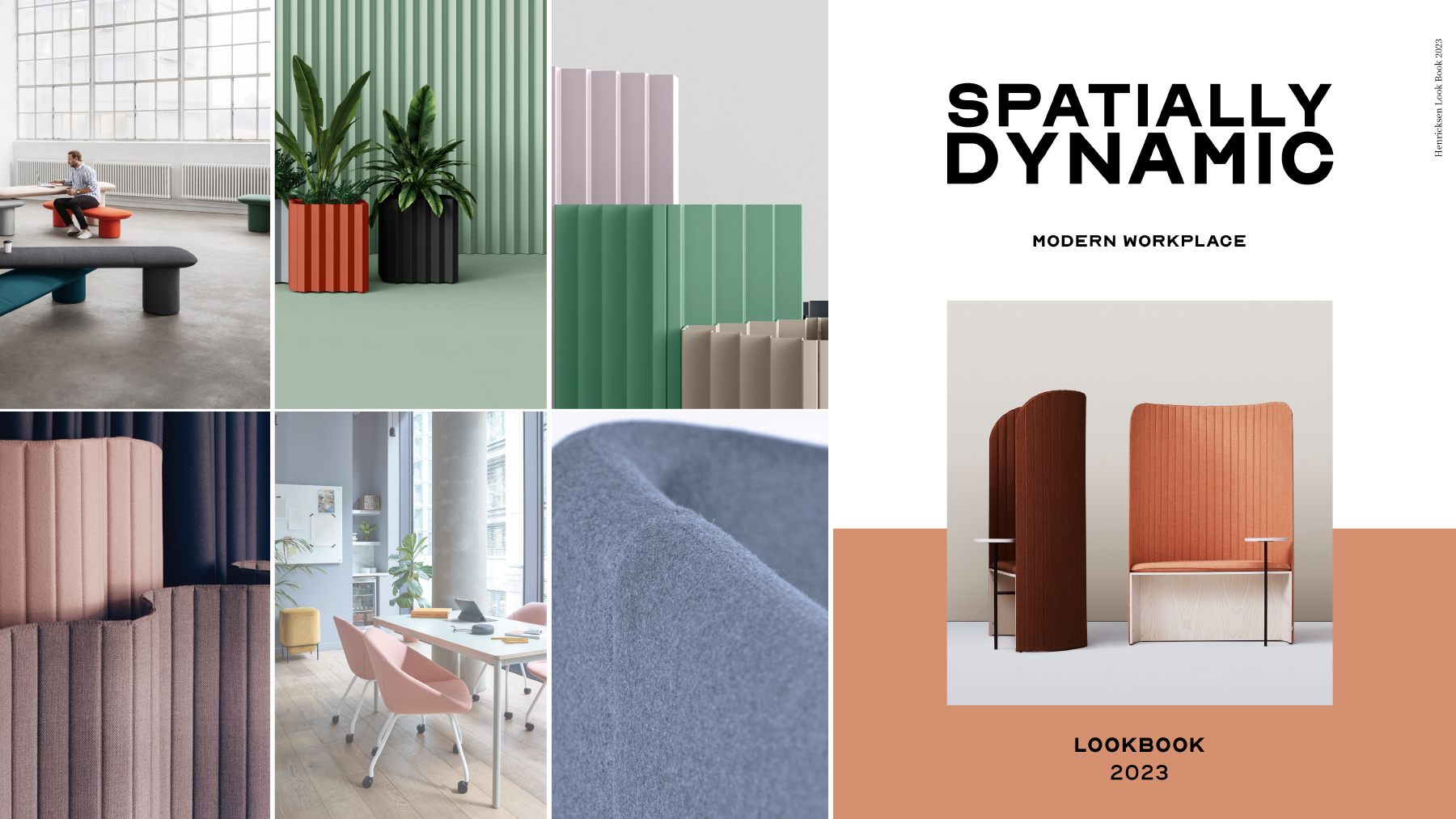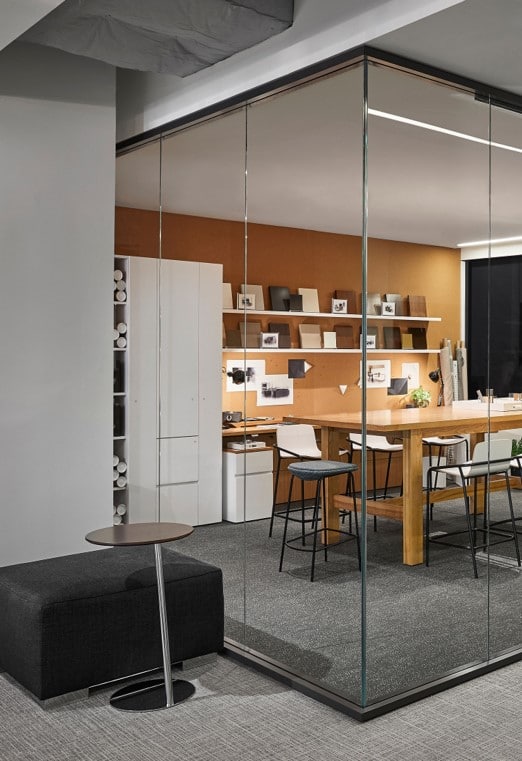 Remember Y2K and all the panic?
Remember Y2K and all the panic?
When computers were supposed to shut down leaving us helpless? Crucial systems would be made inoperable and we’d be thrown back into the dark ages? The banking system wouldn’t work and neither would the lights as computer dependent systems became useless. Wow! It seems a lifetime ago and yet it was only just over 16 years past.
During the dawn of the 2nd Millennium, technology had already reached critical mass, controlling almost every aspect of daily life. Office design had been adapting to accommodate our techno-dependence over the course of the past decade. Instead of a cubicle with just a desk, we now saw computer stations and a host of wires connecting everyone to burgeoning intranets. Some lucky ones were even connected directly to the internet itself.
 Office design had become more streamlined since the clunky work stations of the’90’s, but the cubicle concept was still as strong as ever.
Office design had become more streamlined since the clunky work stations of the’90’s, but the cubicle concept was still as strong as ever.
Individual workstations sometimes featured lower walls, but we were more chained to the desk than ever before. Productivity was expected to soar with the ready access to information. We should have been able to get things done quicker, yet we began to work longer hours. At the same time, health issues began to manifest as we sat for longer periods of time with little need to stand and walk anywhere.
Sustainability was becoming a major concern. More attention was focused on environmentally responsible office furniture manufacturing. Real estate prices were rising. Concerns about global warming and reducing our carbon footprint began being voiced. The global economy was about to hit the wall.
The net effect was that organizations began to make their offices smaller. The mantra of ‘do more with less’ meant more tiny cubicles in even less space. More work hours with less downtime. Office furniture designs, while becoming more visually attractive and more ergonomically correct, were also becoming more utilitarian and efficient.
Furniture not only had to take less space, but also had to be able to handle burgeoning technology requirements. Everyone now had a computer on their desk along with all the resultant wires connecting them to power, wi-fi and printers. Laptops were growing in popularity but were still in the minority. Most computers involved a large monitor and a tower hidden under the desk, or an ‘all-in-one’ computer console incorporating both monitor and C.P.U. such as seen in the e-Machine and iMac of the day.
Although layouts and furniture were not as sleek as those we see in today’s offices, the office design trend for the following decade could already be seen emerging. In the next and final article in this series, we will explore the elements characterizing office design during the decade beginning in 2010.





